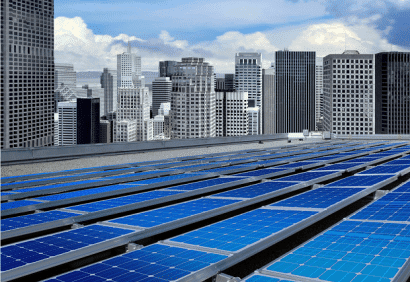In 2016, each month saw its previous year’s renewable energy production grow from in 2015, according to the U.S. Energy Information Administration.
It’s hard to believe that such growth could continue considering that hydropower has produced 85% of the cumulative renewable energy in the U.S. for the past 65 years, but hasn’t added much new capacity for 20 years due to a drought along the West Coast.
Overview
The data counts utility-scale wind, solar, hydro, geothermal, and biomass plants with capacity greater than 1 megawatt, as well as distributed solar resources like rooftop installations.
The non-hydro renewables were clearly above the range of non-hydro production from previous years, and have passed hydro production this year as well.
Half of the U.S. hydropower capacity sits in California, Oregon and Washington. Production last year dipped well below the average during the summer months and overall produced the lowest amount since 2007.
Hydro-dependent regions will likely face more such difficulties in an era of shifting climates. To the extent that climate change alters rainfall patterns, it can make it harder to produce clean energy through hydropower. This makes it harder to reduce greenhouse gas emissions from the power sector.
Solar, however, has not been stymied by the lack of rain.
Summary
Per the recent data, rookie renewables are gradually catching up to the reigning champion, hydropower. 85% of cumulative renewable energy in the U.S. has been produced by hydropower over the last 65 years, without seeing a significant new capacity for about 20 years.
It now produces 6% of U.S. electricity while wind yields 4.7% and solar represents .6%.
The Department of Energy thinks the hydropower slowdown has the ability to change. In July, they released a plan designed to establish 13 gigawatts of new hydro generation capacity by 2050.
This rebound would rely heavily on technological breakthoughs and thus, isn’t necessarily for certain.
In 2012, wind added about 13 gigawatts alone and combined with solar, has collectively supplied the majority of new capacity built in the U.S. last year.
All signs are certainly pointing to a reshuffling in the rank of order pertaining to contributors of the American grid.






